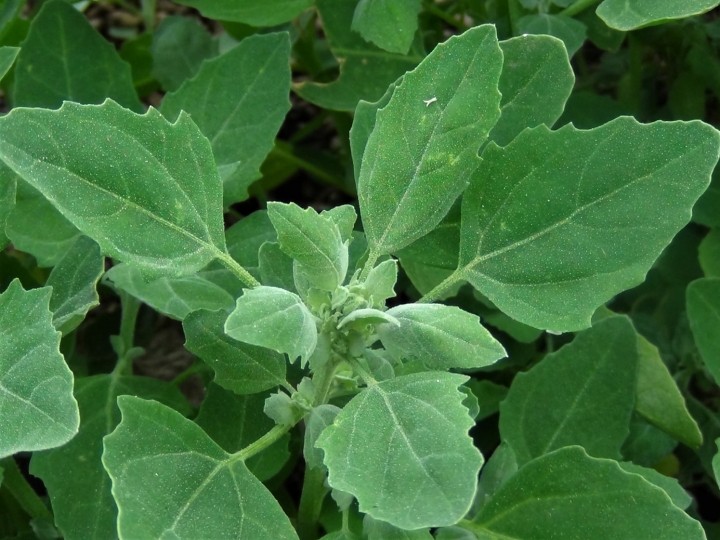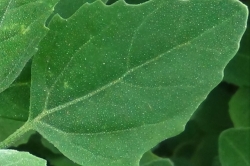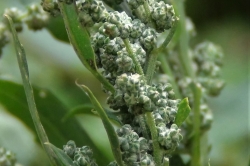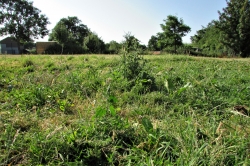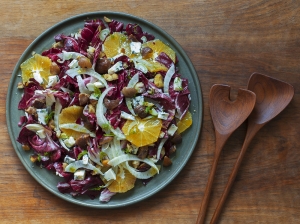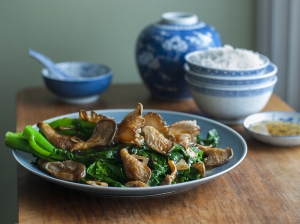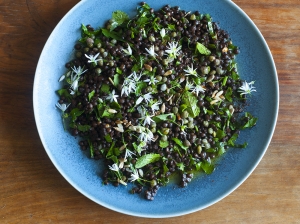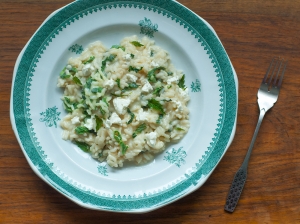A prolific member of the Amaranthaceae family a crop like quinoa can be obtained by those with time on their hands.
Home / Hedgerow Guide /
Fat Hen
Fat Hen
| Hedgerow Type | |
| Common Names |
Lambs Quarters, White Goosefoot |
| Scientific Name |
Chenopodium album |
| Season Start |
Apr |
| Season End |
Oct |
Please note that each and every hedgerow item you come across may vary in appearance to these photos.
Leaves
Oval to triangular with slightly wavy toothed edges. Blue green on top and sometimes with a hint of red flushing underneath, the leaves also have a silvery sheen or bloom that on close inspection is made up of microscopic, wax like crystals that repel water, this is a good ID for Fat Hen. The leaves become thinner and more angular on the rising flower stem.
Flowers
Spirals of white/green tiny flowers on spikes originating from the leaf base and stem junction appear between June and October.
Habitat
Waste ground, recently disturbed ground, hedgerows, roadsides, around cultivated land and gardens.
Possible Confusion
Other Chenopodiums like Good King Henry, Chenopodium bonus-henricus and Goosefoot, Chenopodium rubrum or a little like Orache, Atriplex prostrata but these are all edible and taste somewhat similar.
Taste
A bit cabbage like.
Frequency
Common, especially around arable fields.
Collecting
The largest stands of Fat Hen can be found around farmers field edges so it is important to check with the farmer that it hasn’t been sprayed with any harmful pesticides, fungisides etc. The leaves can be used fresh in salads or cooked like spinach, they have a cabbage like taste of their own.
The unopened flower buds are just like elongated broccoli and can be treated as such.
The seeds are edible and like quinoa, a closely related plant but the seeds need the thin outer coating removed if possible as it contains saponins which can be quite bitter.
The flowers are edible and always make a salad look better.
Medicinal Uses
Fat Hen is very high in vitamin A, calcium, potassium, and phosphorus and is a good source of protein, trace minerals, B-complex vitamins, vitamin C, iron, and fibre.
The leaves have been used as a poultice to soothe burns.
Other Facts
The seeds of Fat Hen were discovered to be Tollund Mans last meal, he was found in a Danish bog and dated from 400Bc.
Before spinach was introduced to the UK it was commonly used as a green to go with meats.
The seeds of this plant are very like Quinoa which come from a close relative that grows in South America, Chenopodium quinoa.
Fat Hen was used as a fodder crop but when raw is quite high in nitrates and oxalic acid and should not be eaten in large quantities.



 (55 votes, average: 3.85 out of 5)
(55 votes, average: 3.85 out of 5)